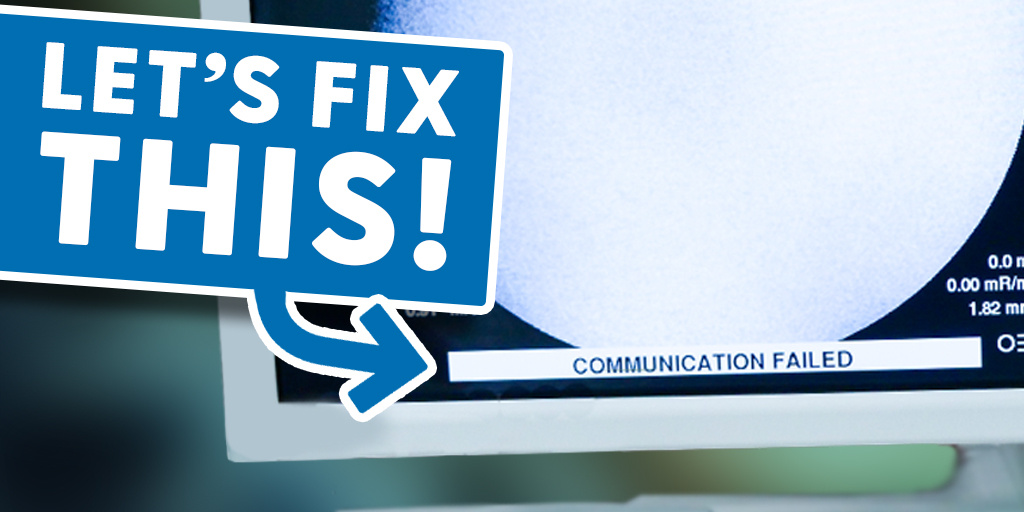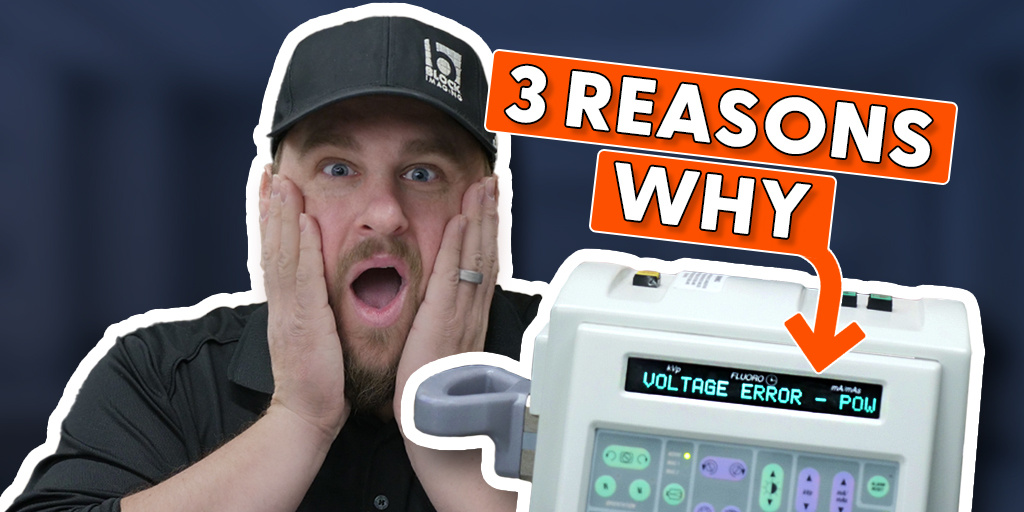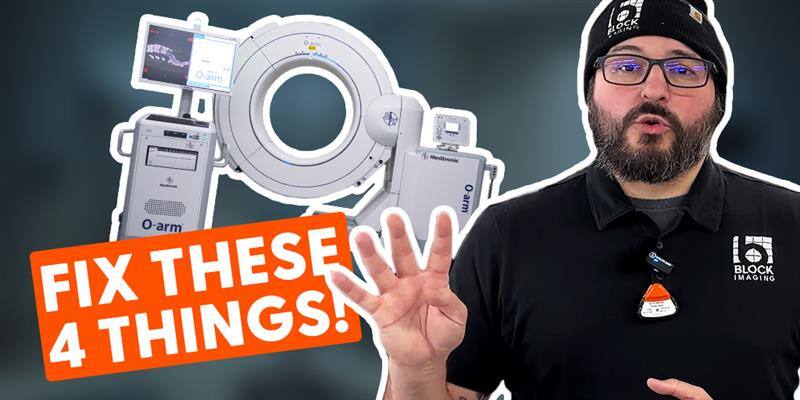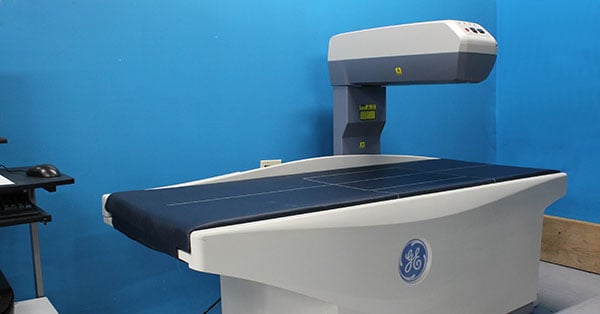
February 17, 2021 : 2 min read
QA Block vs. Spine Phantom for GE Lunar DEXA
All Lunar DEXA scanners come with (or should come with) two phantoms for system testing and calibration: a QA (quality assurance) block, and a spine phantom. Both of these tools are used in measuring the accuracy and performance of your scanner. This ensures the best possible calibration and highest accuracy in patient results.
While both tools are part of the OEM-recommended quality assurance process, the QA block and the spine phantom have separate uses and separate recommended testing frequencies. Additionally, not all Lunar DEXA phantoms are interchangeable among the various models in their bone densitometry product line. To give you more clarity on these important bone density accessories, we'll break down which phantom should be used at which time and which phantom part numbers are intended to work with each model in the Lunar product line.
DEXA Phantoms & When to Use Them
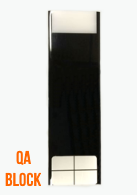
When to Use a QA Block
DEXA systems need to be run and checked every 24 hours, or at least before the start of every patient scanning day. A QA block phantom is for these daily tests, used before scanning any patients, to ensure the system is in optimal calibration.
When to use a Spine Phantom
Spine Phantoms are for testing the reproducibility and accuracy of live patient scansduring a preventative maintenance check-up. These work like "test patients", standing in for actual anatomy to help detect and diagnose potential image problems. Spine phantoms come in two types: a tub version, which is scanned while submerged in a plastic tub full of water, or an encapsulated spine, which features the same piece encased in a block of solid acrylic. The tub version is more commonly included with a system while the encapsulated is more often carried by a field service engineer for maintenance visits. The two can be used interchangeably by techs on site for testing.
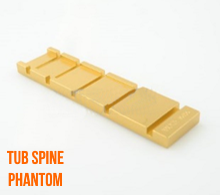
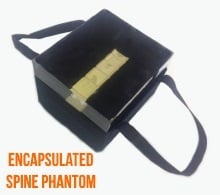
Procurement
If your phantom is lost or damaged, you'll need to order a replacement to keep your DEXA scanner in proper calibration. When you order your replacement, you'll need a part number to ensure accurate ordering, as not all Lunar phantoms are interchangeable. Be aware also that some older Lunar scanners are no longer supported by the OEM and replacement phantoms will need to be procured used, from third-party suppliers.
The models and associated part numbers are as follows:
DPX Series (no longer OEM-supported)
QA Block: LNR8104
Tub Spine: LNR0223
Encapsulated Spine: LNR5989
DPX enCORE Series
QA Block: LNR7905
Tub Spine: LNR40459
Encapsulated Spine: LNR40461
Prodigy Series
QA Block: LNR6847
Tub Spine: LNR40460
Encapsulated Spine: LNR40462
iDXA Series
QA Block: LNR42287
Tub Spine: LNR42965
Encapsulated Spine: LNR43388
The Takeaway
Regardless of which Lunar DEXA series or model your bone density techs are using, optimal calibration and accuracy are required for providing your patients quality service. You can only meet this requirement by having the right tools for the job, at the right time. Use your QA block at the beginning of each day, before you see your first patient. Use your spine phantom during your periodic preventative maintenance checks (we recommend at least twice a year). And- if your phantoms come up missing or sustain damage, remember that a third-party parts supplier can be a good source for replacements.
If you need Lunar phantoms or other DEXA parts now, we can help. Use the button below to tell us what you need and receive a quote.

Vikki Dipple
Vikki Dipple is a Customer Service Representative with the Block Imaging Parts team. Quality parts and a prompt response are her goals for every customer call. When she’s not helping customers get their equipment back in action, you’ll find Vikki reading, gaming, or playing outside with her sons.



